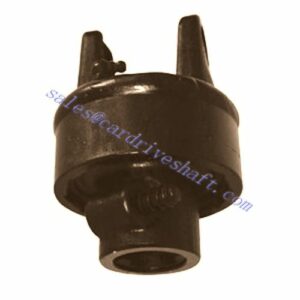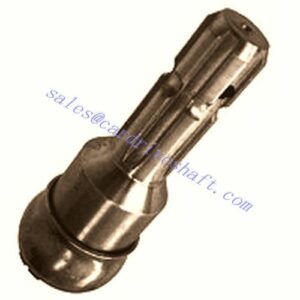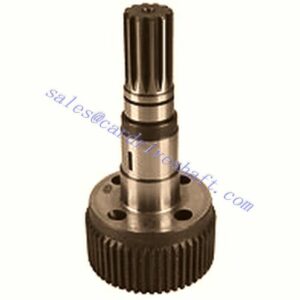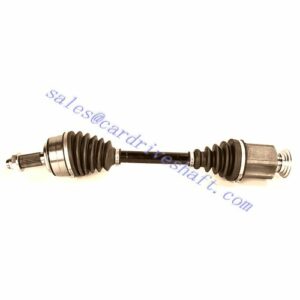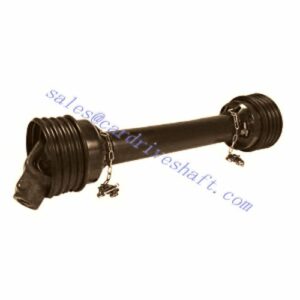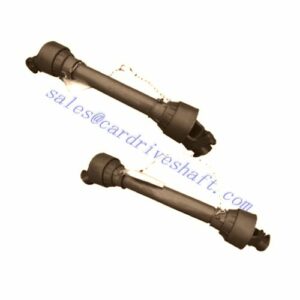Car Drive Shaft
SSJ’s entire drive shaft product line is made of 100% new parts, from shafts to forks to universal joints. This not only ensures the best quality, but also means there is no need to return clumsy old drive shafts to gain credibility.
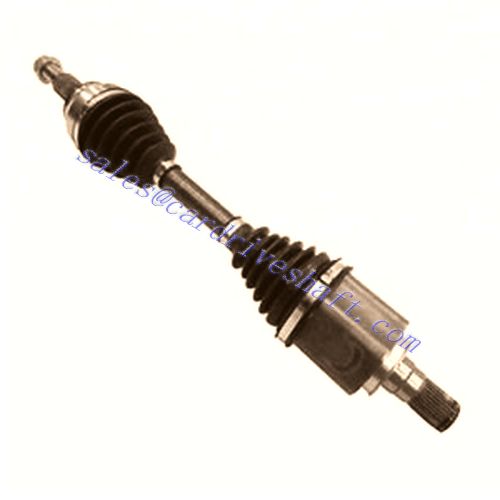
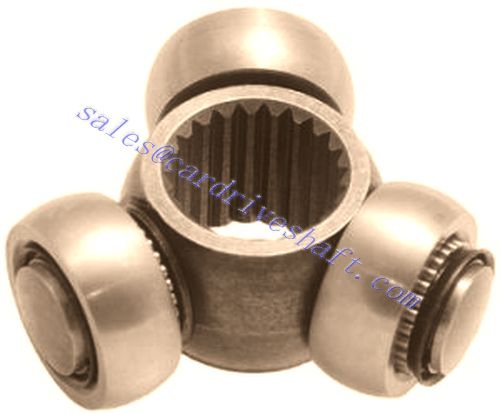
If you are experiencing any of the following symptoms, there may be a problem with your drive shaft or your drive shaft’s U joint connection:
- Clunking noises when the vehicle is in motion
- Vibration that intensifies as the car accelerates
- Strong vibration coming from the vehicle’s floorboards
- Resistance when maneuvering the car around corners
- Visible signs of U joint wear, such as rust around the yoke
Email Us
Drive Shaft Function
The function of the drive shaft is to transfer theengine torque from the gearbox or differential to the wheels. It must also compensate for all variations in angle or length resulting from manoeuvring and deflection for perfect synchronisation between joints.
Constant velocity drive shafts are exposed to maximum stress all the time that the vehicle is in operation. Alongside the extremely significant displacement angles and translational movement, the joints and bellows must be able to withstand temperatures of between minus 40 and plus 120 °C as well as speeds of up to 2800 rpm. In order to transmit the required torque in all engine speed and velocity ranges with reliable constancy (ideally throughout the entire service life of the vehicle), all components must be maintenance-free.
Drive shafts and constant velocity joints are components of modern cars, which demand maximum safety.
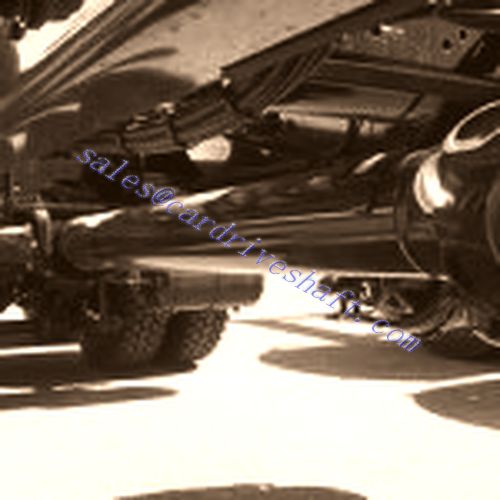
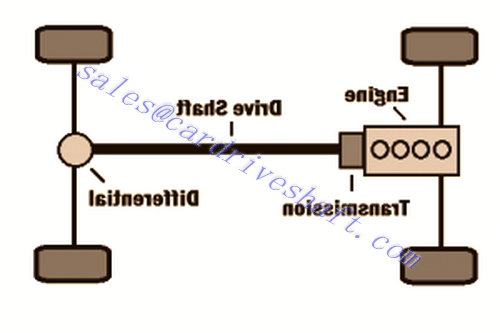
Drive shaft
The drive shaft (also called propeller shaft or prop shaft) is a component of the drive train in a vehicle, with the purpose of delivering torque from the transmission to the differential, which then transmits this torque to the wheels in order to move the vehicle. The drive shaft is primarily used to transfer torque between components that are separated by a distance, since different components must be in different locations in the vehicle. A front-engine rear-wheel drive car must have a long drive shaft connecting the rear axle to the transmission since these parts are on opposite sides of the car.
Drive shafts are used differently in different vehicles, varying greatly in cars with distinct configurations for front-wheel drive, four-wheel drive, and the previously mentioned front-engine rear-wheel drive. Other vehicles also use drive shafts, like motorcycles, locomotives, and marine vessels. Below is the drive shaft configuration for a common front-engine rear-wheel drive vehicle (some cars have the transmission at the back).

